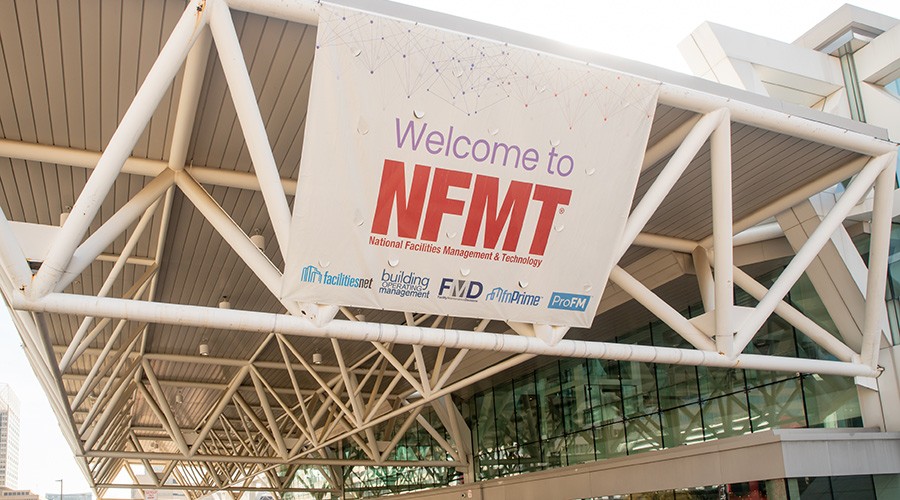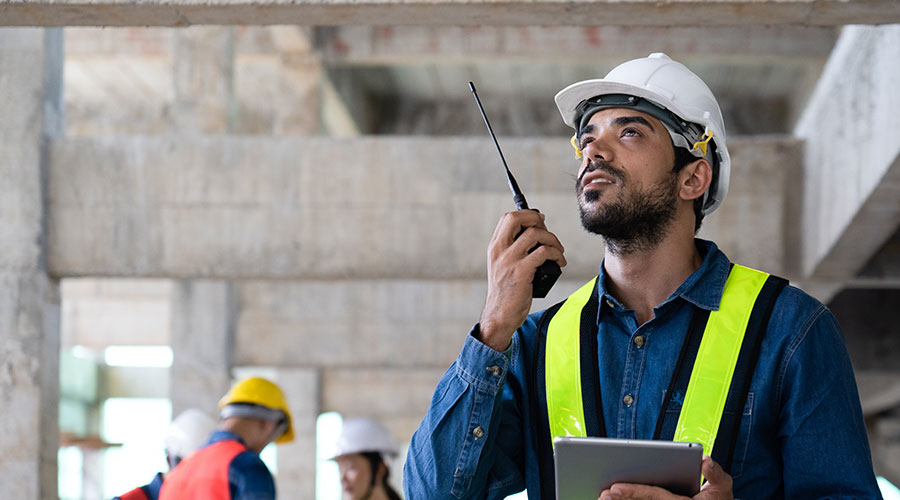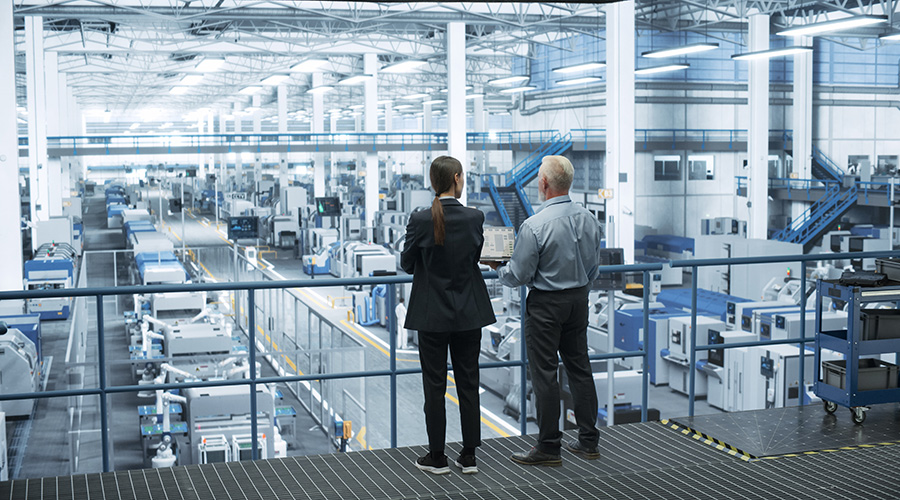SIDEBAR: 6 Questions Can Reduce Risk of New Building Technology
Part 3 of a 4-part article examining the role of startups in bringing Building Internet of Things tech to market.
There’s risk with the use of any new building technology, of course, and the risk is higher when that product is from a startup company. But facility managers need not steer clear of innovative new technologies if they understand ways to cut risk down to size while still exploring opportunities.
For many building owners, risk is the kind of four-letter word that might get spelled #!@%# in a comic strip.
“I think taking a little risk is something we in the industry should be doing more of,” says Kevin Kampschroer, chief sustainability officer and federal director of the Office of Federal High-Performance Green Buildings for the General Services Administration. But he’s not talking about roll-of-the-dice risk-taking. Kampschroer advocates an intelligent approach to risk.
Kampschroer has solid experience evaluating new technologies. He started a program at GSA known as the Green Proving Ground, which tests new building technologies, not in labs, but in actual occupied buildings. So he has a pretty good idea, not only of how to understand the risks involved in new technology, but also of what it takes to evaluate a product coming from a startup. Here are questions he says facility managers should ask:
1. Has the performance of the product been evaluated by a third-party testing lab? That testing can help verify the claims the manufacturer is making for the product. But be sure to check out the lab’s certification. And understand that even a third-party lab can have a financial incentive “to find the best possible outcome,” Kampschroer says. The Green Proving Ground uses Department of Energy labs. “I like the national labs of the Department of Energy because they’re independent,” he says. “They can’t be bought.”
2. Can you test the product out on a small scale and measure the results yourself? That’s true with some Building Internet of Things technologies. If the product is inexpensive and scales easily, a small pilot project may be the best way to check it out. A project with high upfront costs requires a more cautious approach. “If you are going to have to retrofit a chiller and it’s going to cost you $40,000 to do this retrofit, that’s a value that changes the risk profile completely,” Kampschroer says.
3. How hard is it going to be to incorporate this into a building’s operations and maintenance regimen? If the product will require a radical change in procedures, the operating staff will need to be retrained.
4. What are the cost savings? That’s straightforward enough. But there’s one wrinkle that often gets ignored, according to Kampschroer: impact on asset value. If the savings are large enough that they affect net operating income, that will increase asset value at least a little. For long-hold owners, that’s a point worth remembering.
5. What are the technical risks with the product? For example, if a product is expected to pay for itself out of savings in five years, look for evidence that the product will actually last that long. Also, consider how complicated the product is. “To me, every degree of complication means that you’re going to increase the technical risk because there’s more points of failure,” Kampschroer says. “So if you’ve got a device that does one or two things, its technical risk is going to be inherently lower than one that goes through 20 steps.” Complication doesn’t mean a product can’t work, but it’s a factor to keep in mind. Another question to ask: Will installation or use of the product void any warranties? If so, it’s probably best to steer clear.
6. How is the startup funded? That’s a big issue, Kampschroer says. Startups coming out of R&D face what’s known as the Valley of Death: the period before the first sales, when there are plenty of costs but no revenue yet. More than one startup has perished because it didn’t have enough money to get through that difficult period. Solid capitalization enables a company to get its product into actual buildings, where it has a chance to demonstrate its value.
GSA’s Green Proving Ground is a great place to check when you’re considering — or looking for — innovative technologies for buildings. While GSA doesn’t endorse specific products, it will recommend a type of technology that it has tested and found to be solid. The Green Proving Ground review includes an evaluation of the difficulty involved in installation, operation, and maintenance.
Related Topics:















